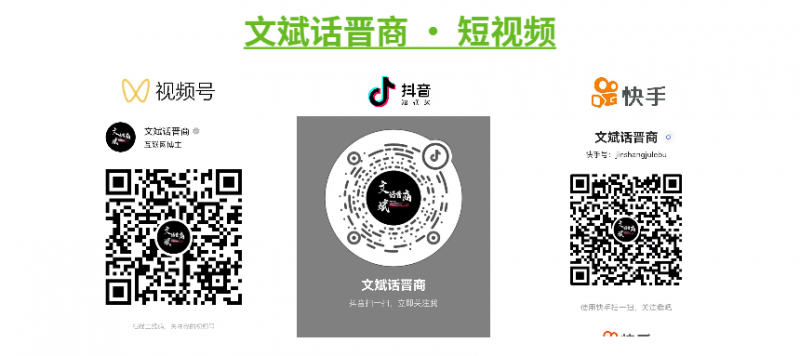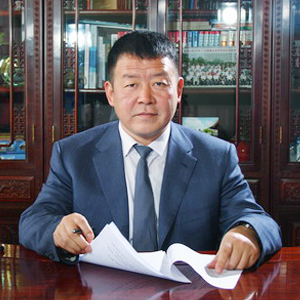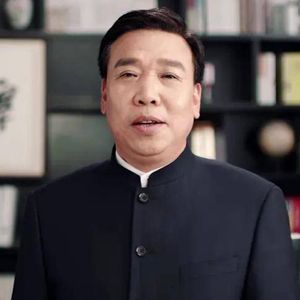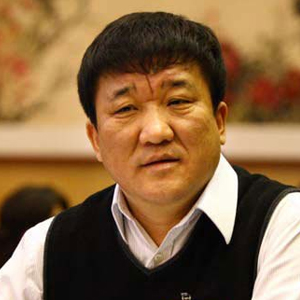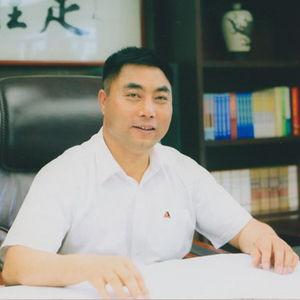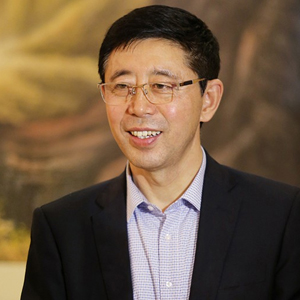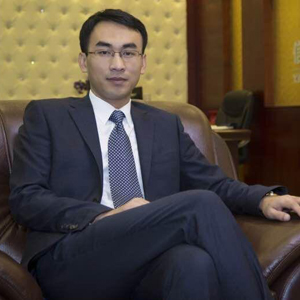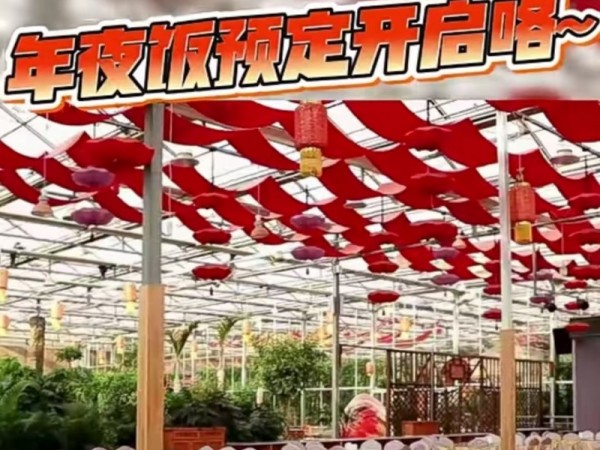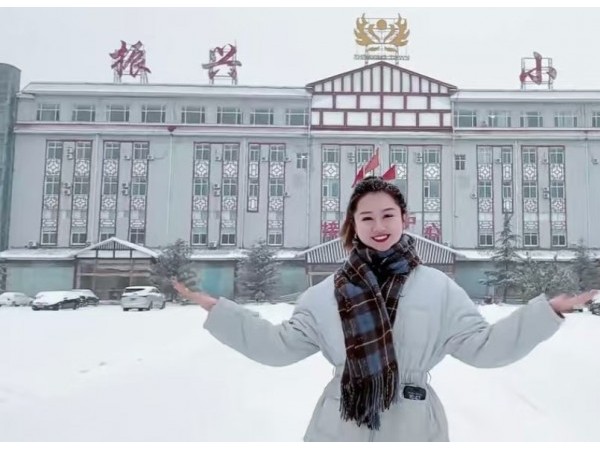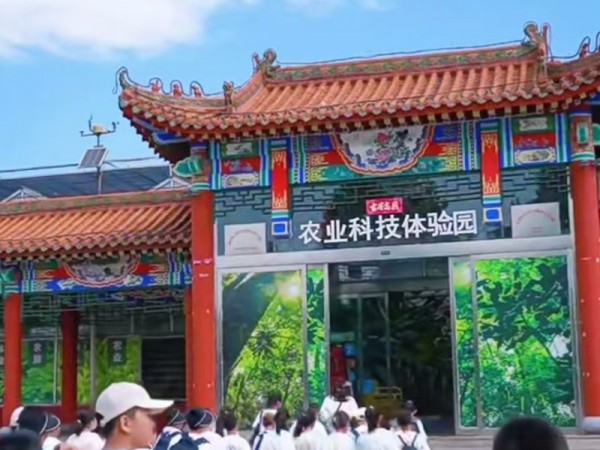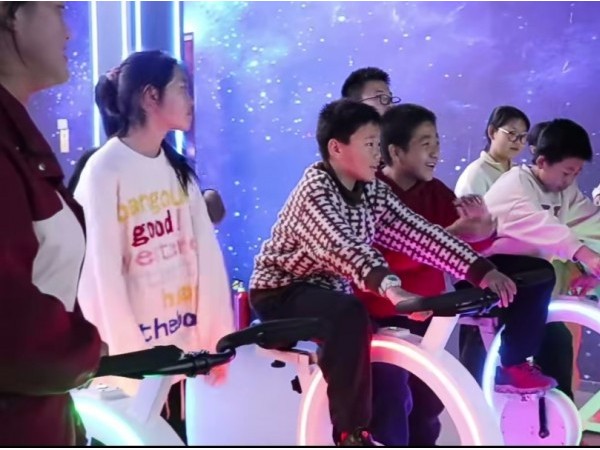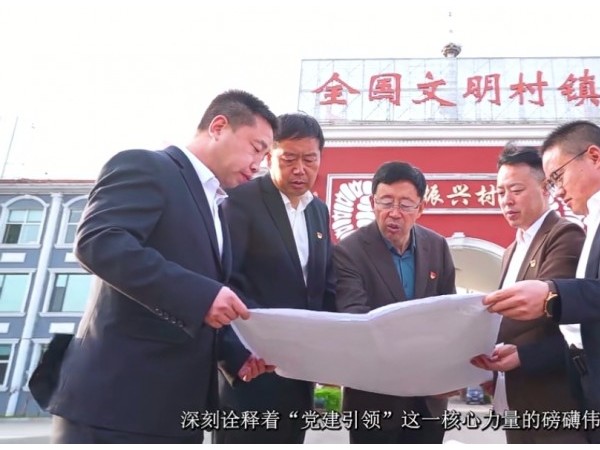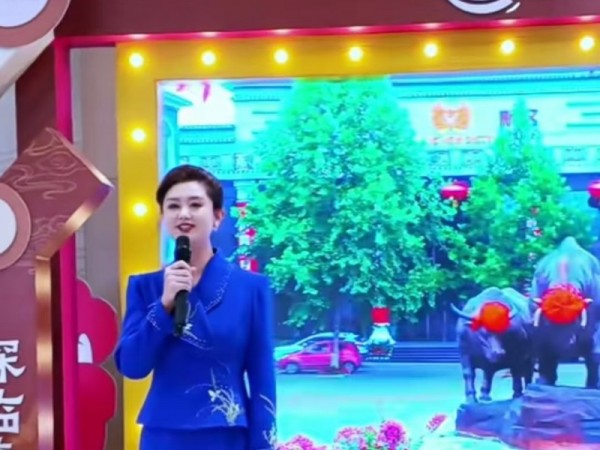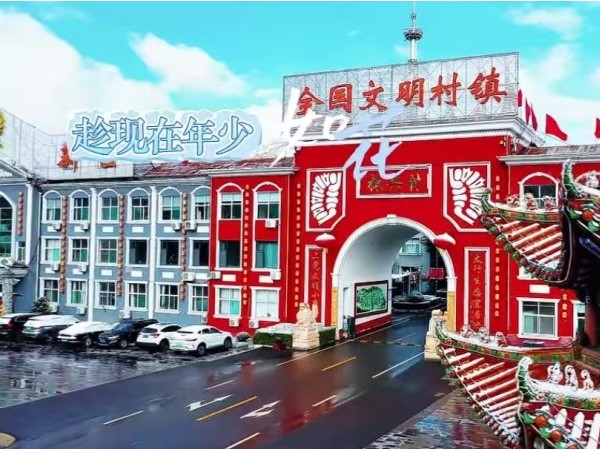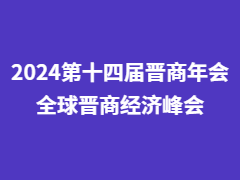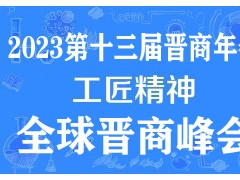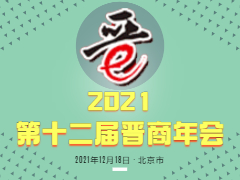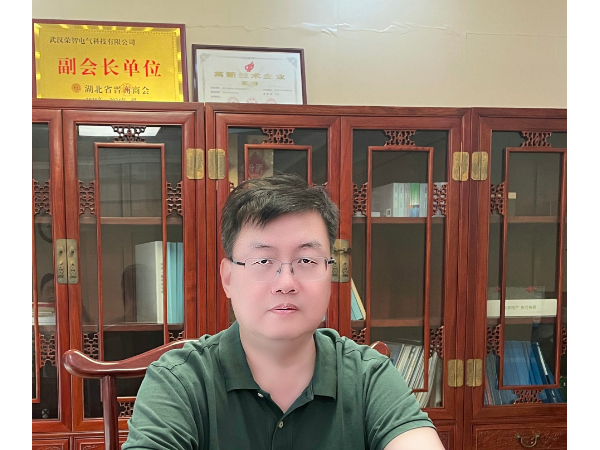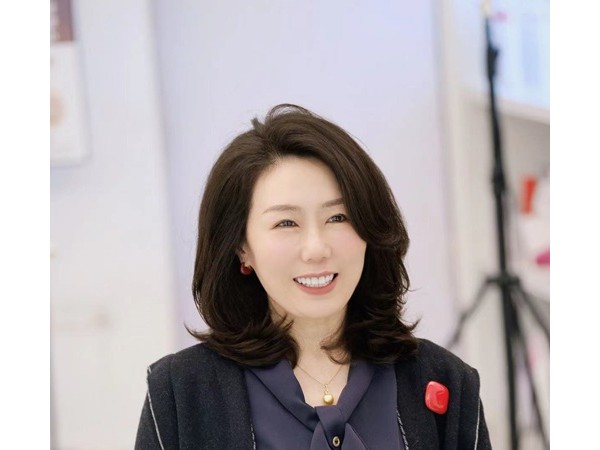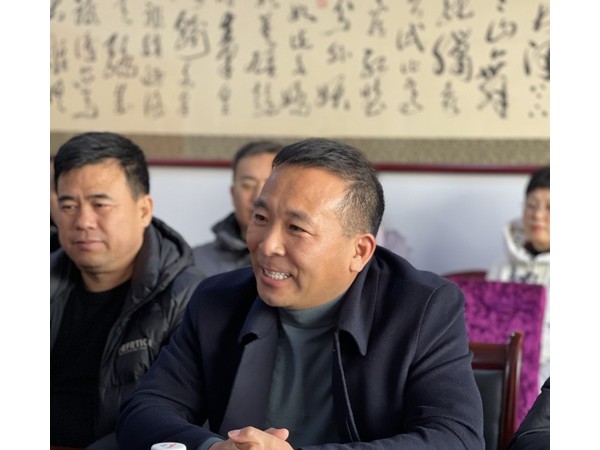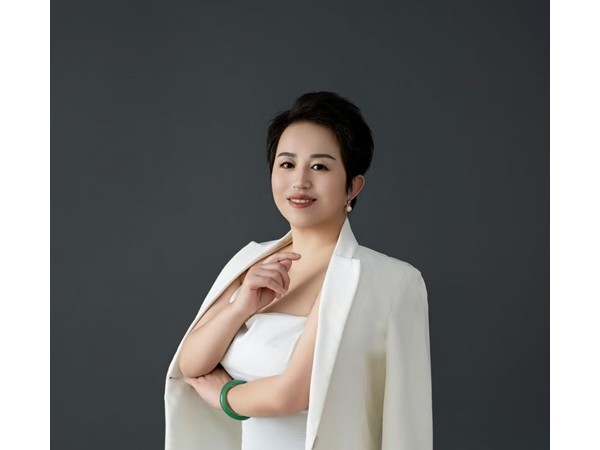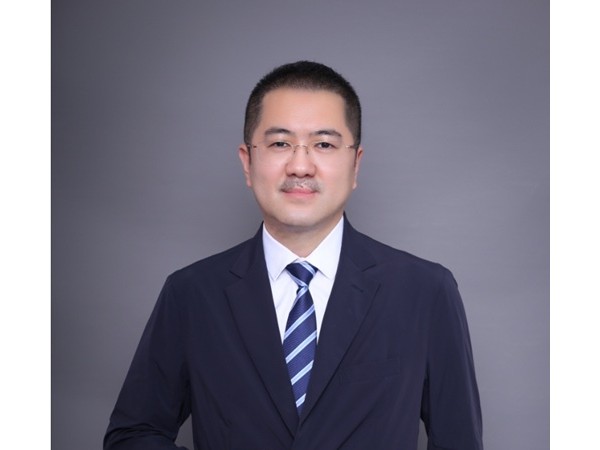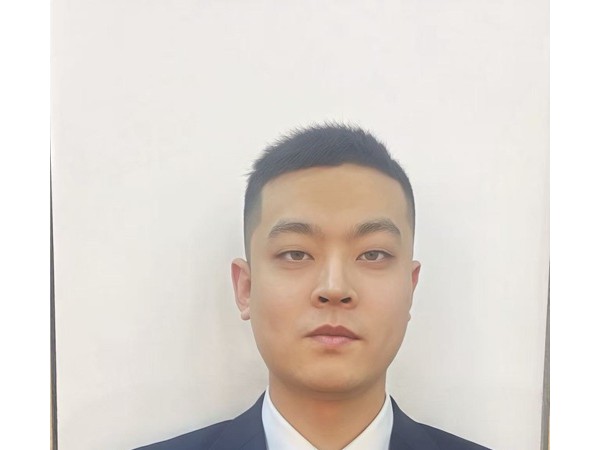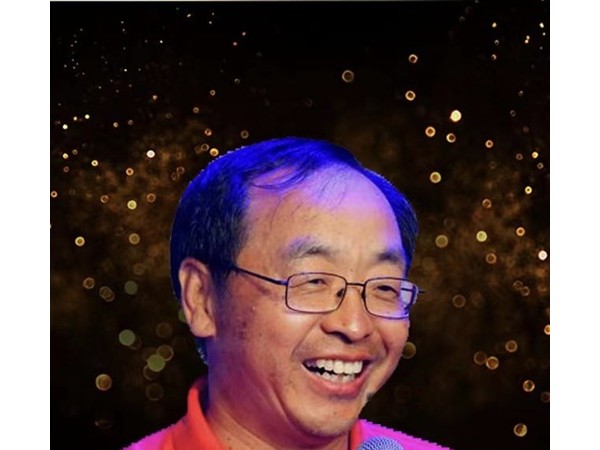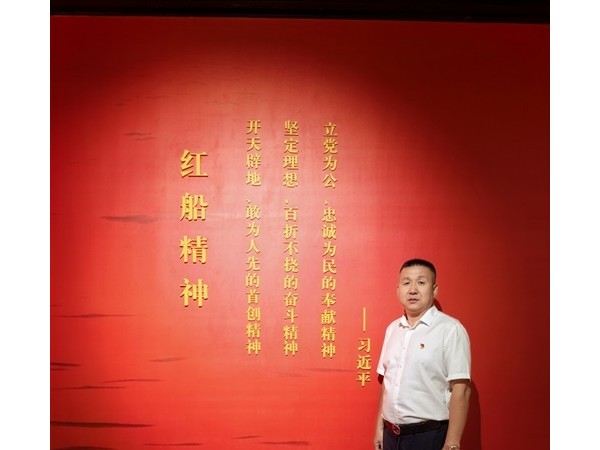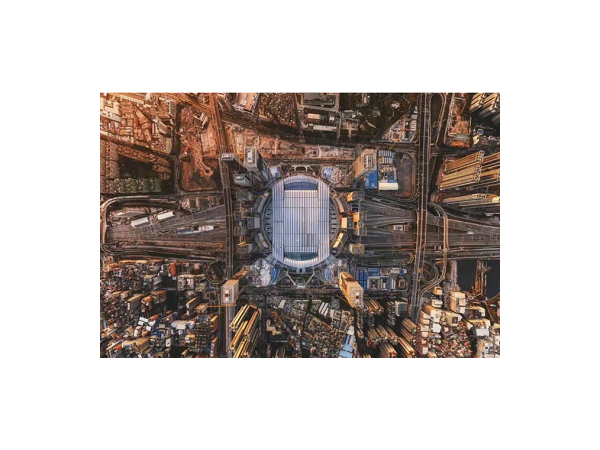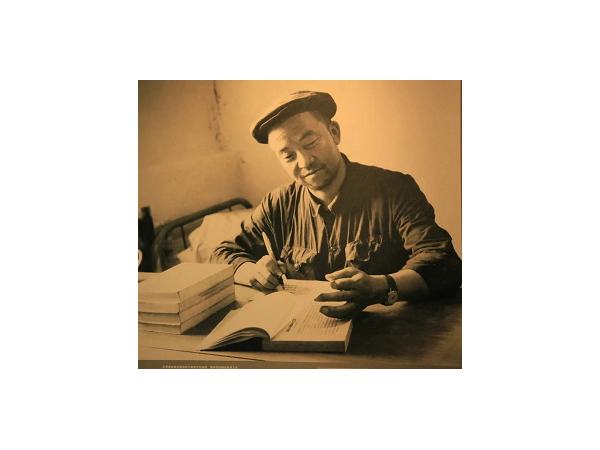来源:谷德设计网
如有侵权,请联系删除
泰康保险集团股份有限公司成立于1996年,现已发展成为中国最大的保险、资产管理、健康和养老服务行业巨头之一。在与行业领先的个人、学术和企业机构的合作下,本项目将作为一座卓越的金融中心,开发有效的系统和网络,为全国所有年龄段的人们提供新的生态系统支持。借助武汉泰康金融中心的数字化支持和先进技术,该集团将继续致力于全国各地的社区发展、医疗保健、教育,为人民创造福祉。
Founded in 1996, Taikang Insurance Group has grown to become one of the largest providers of insurance, asset management, health and elderly care in China. The new Taikang Financial Centre will be a centre of excellence, collaborating with leading civic, academic and corporate institutions to develop effective systems and networks that will provide a new ecosystem of support for people of all ages across China. With the digital support and technologies developed in Wuhan, the group continues its commitment to community development, healthcare, education and wellbeing throughout the country.
▼项目概览,overall view © render by Negativ
考虑到武汉作为中国交通网络中心枢纽的重要地位,泰康金融中心的设计采取了圆形的平面规划,由汉口滨江商业区城市总体规划中的三座相互连接的塔楼组成,这种规划模式将把场地东部的长江公园和湿地以及南部的城市新中央公园整合在一起。这些新的自然公共区域是武汉海绵城市计划中不可或缺的一部分,它们能够以自然的方式储存并过滤雨水,达到减缓雨水排放速度、预防洪水,同时促进水资源再利用的目的。
Informed by Wuhan’s position as a central hub of China’s transport networks, Taikang Financial Centre’s design is a circular composition of three interconnected towers within the Hankou Riverside Business District urban masterplan that integrates the Yangtze River parklands and wetlands to the east and the city’s new Central Park to the south. These new public areas of nature are integral to Wuhan’s Sponge City Programme that enables the natural storage and infiltration of rainwater to slow its release and aid flood prevention while also facilitating its reuse.
▼与城市新中央公园和滨江湿地直接相连的综合垂直社区,an integrated vertical community alongside the city’s new Central Park and riverfront wetlands © render by Negativ
中心1号楼(共52层)面向城市;2号楼(共47层)面向河流;3号楼(共50层)则面向公园。地面层与大堂层中的商店和餐厅围绕着花园庭院组织,花园庭院垂直延伸,在三座塔楼之间形成城市峡谷。更多公共空间与服务设施则位于连接高层塔楼的天桥上,包括屋顶花园以及露台等,这些空间为人们提供了城市和长江流域的壮阔全景。
With an adjacent station on Line 1 of the city’s metro network, the centre’s Tower One (52 floors) faces the city while Tower Two (47 floors) faces the river and Tower Three (50 floors) offers views of the park. Shops and restaurants at ground and lobby levels surround the garden courtyard that extends vertically as an urban canyon between the three towers. Further public spaces and amenities are located on skybridges connecting the towers at higher floors that includes the rooftop garden terrace providing panoramic views across the city and Yangtze River valley.
▼三座相互连接的塔楼之间形成城市峡谷,three interconnected towers form an urban canyon © render by Negativ
泰康金融中心集办公室、公寓、酒店、购物和餐饮设施,以及文化和娱乐设施于一体,每天可容纳超过20,000人的人流量;可谓是一座与城市新中央公园和滨江湿地直接相连的综合垂直社区。公共空间由位于地面层的共享中央庭院,延伸到中心的天桥露台,以及环绕在中心峡谷周围的屋顶花园中,一系列相互交织的公共空间将该中心变身为城市的万花筒。
Incorporating offices, apartments, hotel, shopping and dining amenities together with cultural and recreational facilities, the centre will house over 20,000 people throughout each day; an integrated vertical community alongside the city’s new Central Park and riverfront wetlands. Moving upwards from the shared central courtyards at ground level to the centre’s skybridge terraces and rooftop gardens that surround its central canyon, the design creates a kaleidoscope of the city in a series of interwoven public spaces over many levels.
▼公共空间由位于地面层的共享中央庭院,延伸到天桥露台,以及环绕在中心峡谷周围的屋顶花园中,the public spaces moving upwards from the shared central courtyards at ground level to the centre’s skybridge terraces and rooftop gardens that surround its central canyon © render by Proloog
以美国绿色建筑委员会LEED金牌认证为目标,泰康金融中心的三座圆形结构塔楼均采用了全天候的自遮阳系统。带有锥形轮廓的外部翼片从每个玻璃竖框中延伸出来,在为建筑立面提供额外遮阳的同时,保持了室内城市视野的通畅。建筑的高性能外围护结构确保了每个楼层的自然采光,同时减少了中心对于供暖和制冷的能耗需求。MEP系统还通过采用包括高效泵、风扇、锅炉和冷却器以及废气余热回收在内的智能监测和控制系统来减少碳排放和能源消耗。此外,通过采用低流量节水装置,并结合种植本地抗旱植被物种,项目的总用水量也得到了降低,同时本项目中对于雨水管理系统的开发也迎合了当地海绵城市计划的发展需求。
Targeting LEED Gold certification from the US Green Building Council, the circular composition of the Taikang Financial Centre’s three towers provides self-shading throughout the day. External fins with a tapered profiles extend from each glazing mullion for additional façade shading whilst maintaining unobstructed views of the city. The centre’s high-performance envelope ensures natural daylighting throughout each floor while reducing the centre’s heating and cooling requirements. MEP systems have also designed to reduce emissions and energy consumption via smart monitoring and control systems using high-efficiency pumps, fans, boilers and chillers as well as waste heat recovery from the exhaust air. Water consumption is reduced with low flow-rate fixtures and the planting of native droughttolerant vegetation while the development’s rainwater management system is integrated within the district’s sponge city programme.
▼仰视“城市峡谷”,looking up to the “Urban Canyon” © render by Proloog
Wuhan Taikang Financial Centre
Location: Wuhan, China
Date: 2021 / TBC
Client: Taikang Wuhan
Status: Under Construction
Size: 214, 206m²
Project Data
GFA Above Ground 214,206 sqm
Unit Offices 34,501 sqm
Offices 120,628 sqm
Hotel 30,012 sqm
Retail 12,138 sqm
Shelter (equipment) layer 16,447 sqm (irrespective of FAR Plot Ratio)
Number of building Three towers
Height 270.8 m Above ground stories
Tower 1 52 Floors (mechanical levels+ refuge levels: F06 / F17 / F28 / F39 / F49)
Tower 2 47 Floors (mechanical levels+ refuge levels: F06 / F17 / F28 / F39)
Tower 3: 50 Floors (mechanical levels+ refuge levels: F06 / F17 / F28 / F39)
basements 3 Parking / Mechanical Floors
Sky-lobby F23 / F26 / F29 / F41 / F44 / F47
Site area 15,580 sqm
Gross above-ground building area
Tower 1 80,637 sqm
Tower 2 64,177 sqm
Tower3 68,912 sqm
Gross basement area 44,302 sqm
Total gross area 266, 700 sqm
Architect: Zaha Hadid Architects
建筑Architecture
Design Principal: Patrik Schumacher
ZHA Project Director: Satoshi Ohashi
ZHA Project Associate Director: Yang Jingwen, Stephane Vallotton
ZHA Project Associates: Martin Pfleger, Di Ding
ZHA Project Architect: Sebastian Andia
ZHA Project Lead: Xiaoyu Zhang
ZHA Project Team: Zheng Xu, Shaofei Zhang, Xuan Zhao, Yuchao Zhang, Pengcheng Gu, Othmane Kandri, Alejandro Garcia Gadea, Armando Solano, Branko Svarcer, Carolina Lopez-Blanco, Catherine McCann, Christian Lindvang Samsoe, Congyue Wang, Dennis Schiaroli, Dimitris K, Erwan Gallou, Frenji Koshy, Houzhe Xu, Jung Yeon Kwak, Lenka Petrakova, Li Jin, Lida Zhang, Meng Zhao, Pelayo Bustillo Macias, Tomasz Starczewski, Xiujing Wang, Yevgeniya Pozigun, Ying Xia, Yuan Feng, Zohra Rougab
ZHA Competition Project Directors: Satoshi Ohashi, Nils Fischer
ZHA Competition Associates: Ed Gaskin, Jingwen Yang
ZHA Competition Team Lead Designer: Sebastian Andia
ZHA Competition Team: Agata Banaszek, Ashwin Shah, Igor Pantic, Jingwen Yang, Juan Liu, Leo Alves, Mei-Ling Lin, Sai Prateik Bhasgi, Sergiu-Radu Pop, Silviya Barzakova
室内精装Interiors Interiors
Architect: Zaha Hadid Architects (ZHA)
Design Principal (Interior Architecture): Patrik Schumacher
Project Director (Interior Architecture): Kar-Hwa Ho
Project Associates (Interior Architecture): Bidisha Sinha, Melodie Leung
Project Lead (Interior Architecture): Nailu Chen
Project Team (Interior Architecture): Anna Adebayo, Billy Webb, Boyan Hristov, Enoch Kolo, Haoyang Shi, Jon Krizan, Marco Pavoni, Meysam Ehsanian, Roman Shumsky, Shaofei Zhang, Sonia Renehan
Client Taikang Wuhan
Architect of record CABR
Structural engineer CABR
MEP engineer Parsons Brinckerhoff
Vertical transportation consultant Parsons Brinckerhoff
Façade engineer KT
Environmental consultant ARUP
Fire consultant ARUP








